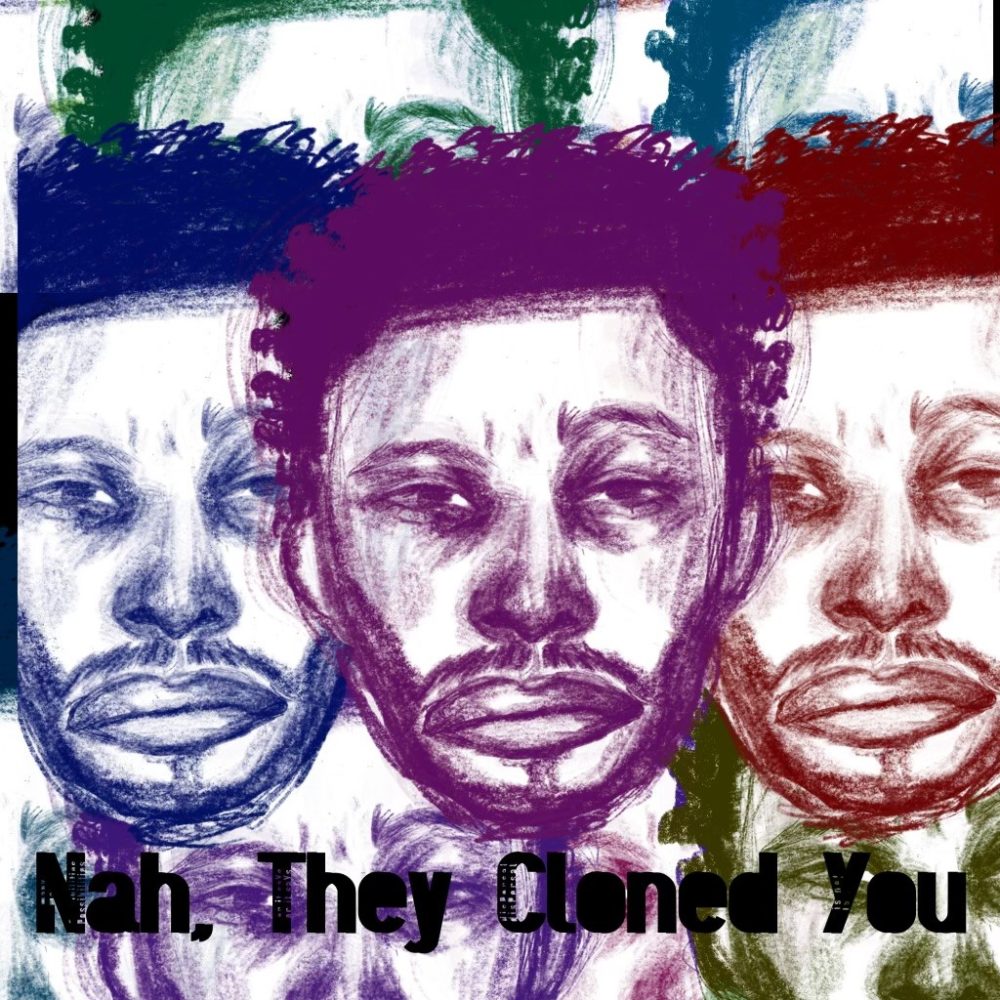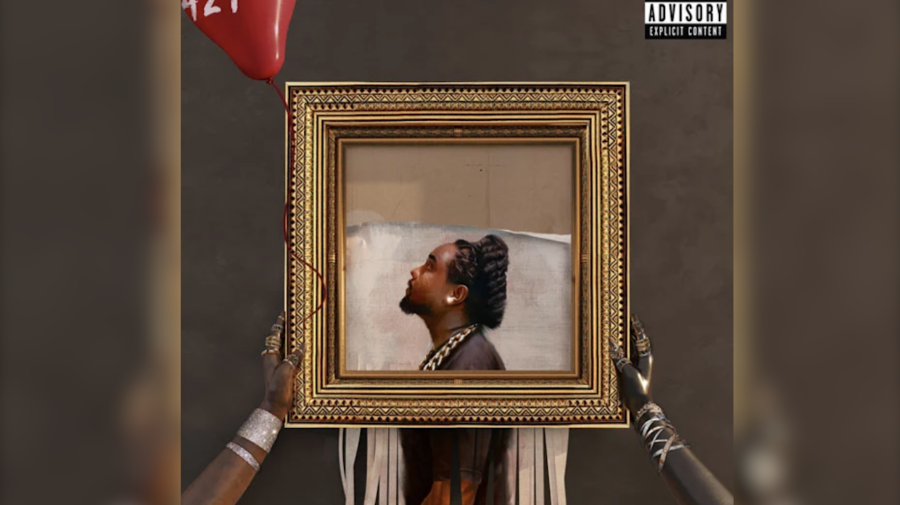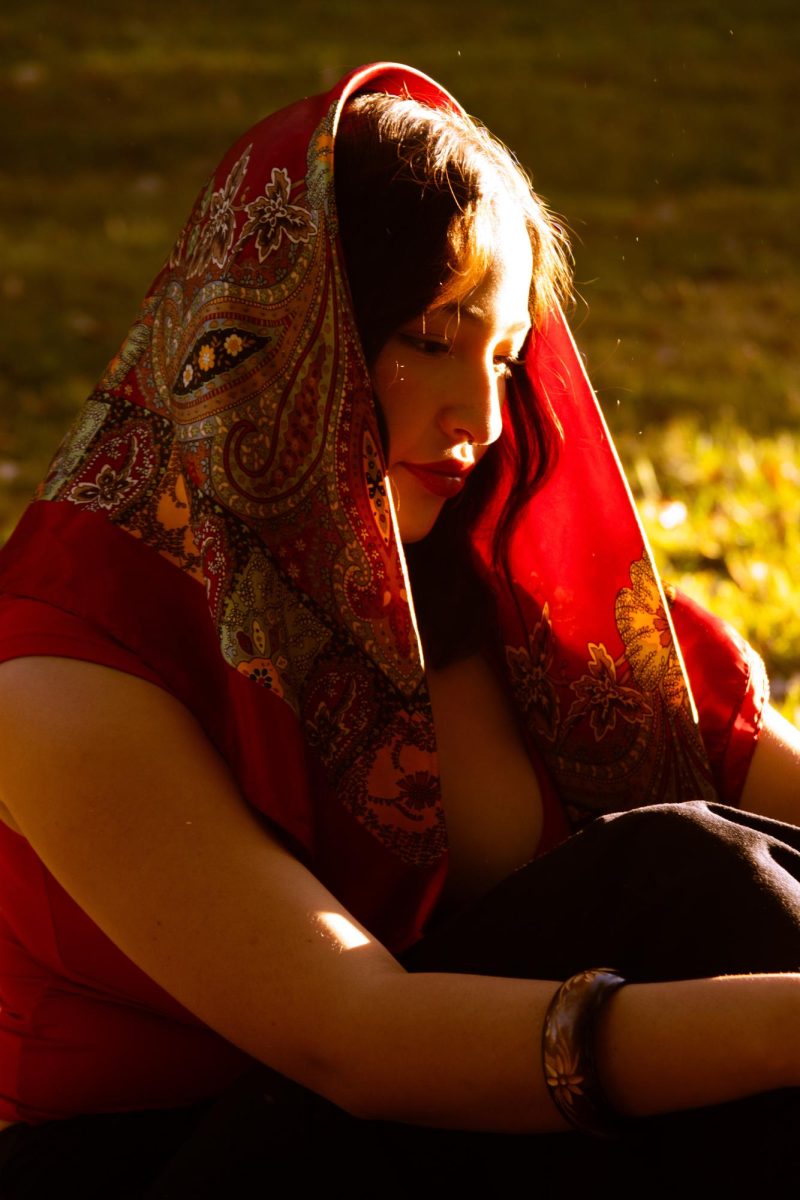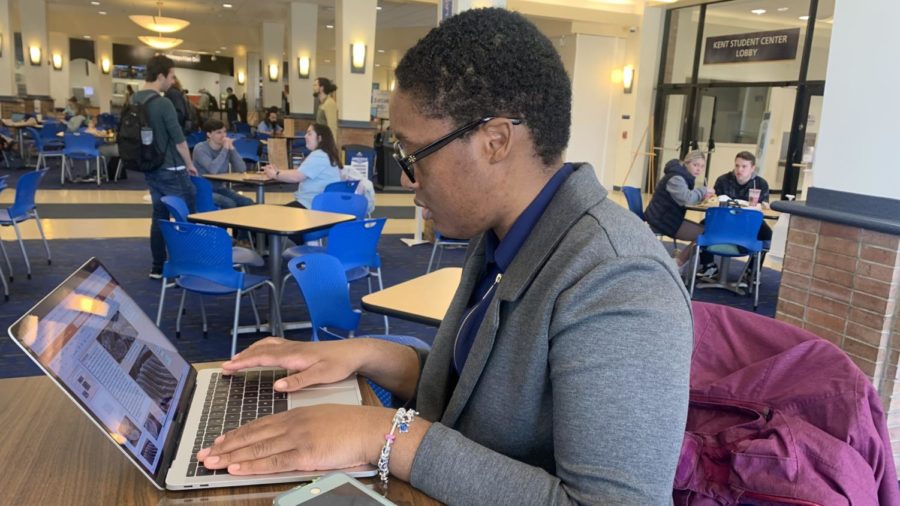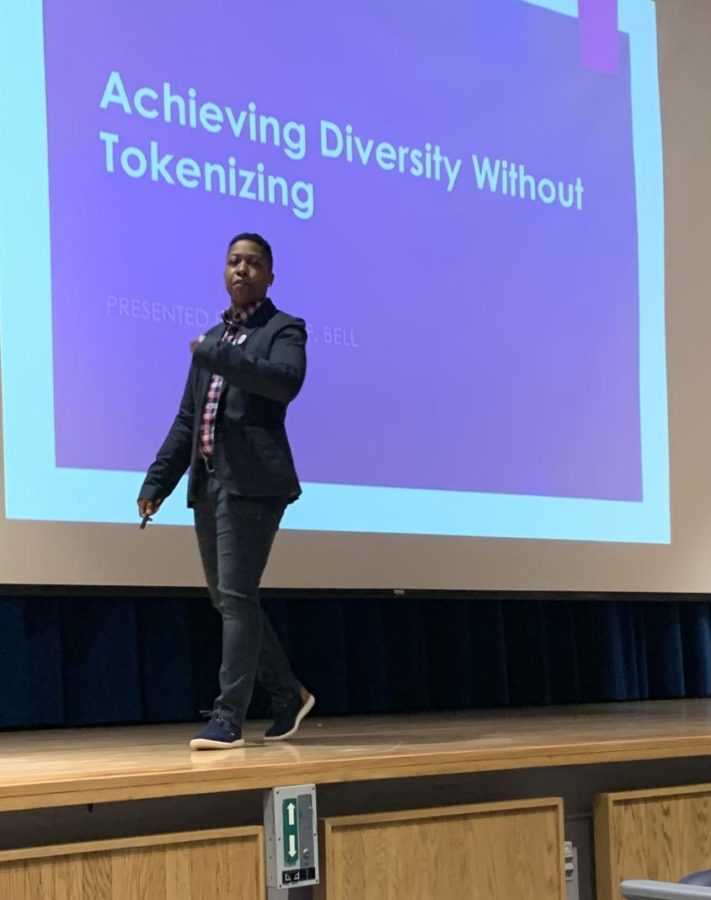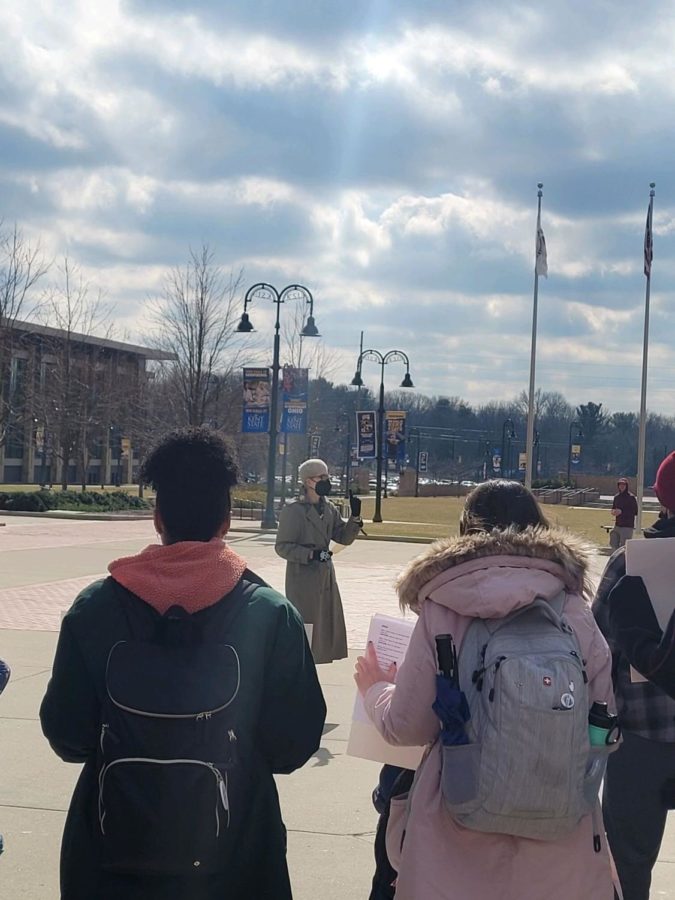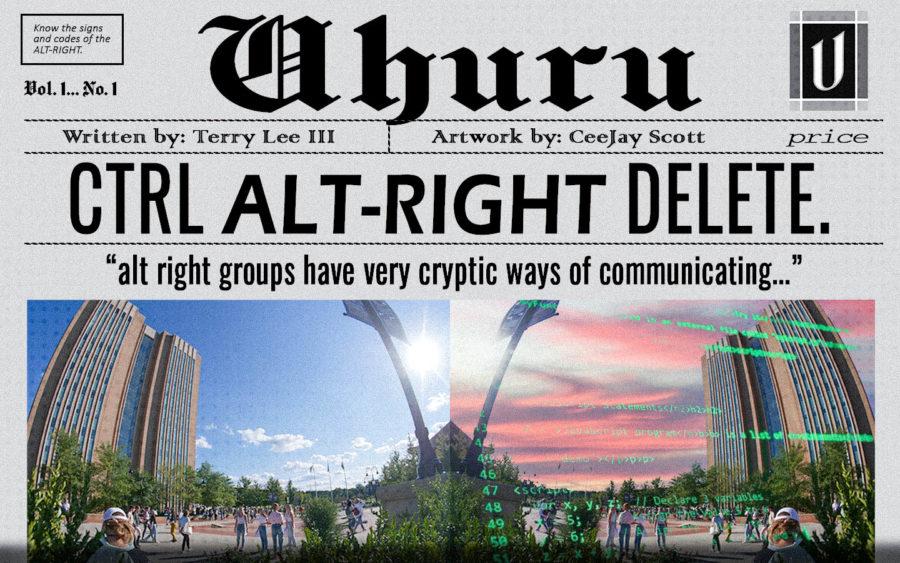*Suddenly, techno symphony music played and my attention was glued to the television screen; “Korben Dallas! Here he is, the one and only winner of the Gemini Croquet contest…” My eyes expanded widely as a cheetah printed bodysuit glided to the vocal point of the screen. Interest was immediately sparked when Ruby Rhod, a black androgynous radio host with cutting edge fashion and wigs, stepped onto the television during the 1997 classic, “The Fifth Element.” Not truly understanding at the time, but this was my first glimpse into what being black in the future looked like.*
According to the Oxford dictionary, Afrofuturism is a movement of literature, music, art, etc., featuring futuristic or science fiction themes which incorporate elements of black history and culture.
Ruby Rhod, played by comedian Chris Tucker, exhibits what masculinity and sexuality means to individuals now and will mean in the future. “The Fifth Element” casted numerous black actors in supporting and background roles, but other science fiction franchises were not so generous. “Star Trek,” “Star Wars” and other science fiction platforms have limited black representation in their cinema, causing many black viewers and fans to feel left out of the future.
Author Ytasha L. Womack expressed her frustrations in her book, “Afrofuturism: The Word of Black Sci-Fi and Fantasy Culture.”
“But when, even in the imaginary future–a space where the mind can stretch beyond the Milky Way to envision routine space travel, cuddly space animals, talking apes and time machines– people can’t fathom a person of non-Euro descent a hundred years into the future, a cosmic foot has to be put down.”
In 2018, majority of the black community is not aware of the term Afrofuturism or what it means. Ytasha Womack defines it as, “an intersection of imagination, technology, the future, and liberation.” Another way of looking at Afrofuturism is visualizing black culture through a furthristic lense. Our generation has been introduced to Afrofuturism through pop culture, but has been blinded to it as well. Popular musicians and artists like Erykah Badu, Outkast, Missy Elliot, Kanye West and Janet Jackson, have displayed Afrofuturist elements in their music videos over the years.
Erykah Badu’s “Didn’t Cha Know” music video features Ms. Badu, an innovator of Afrofuturism, wandering a barren desert dressed in a modern spacesuit. Viewers can assume that Badu is an alien from another planet who has landed on Earth, by mistake. Throughout the video, the texture of Badu’s outfit resembles human bones and her headdress looks as if it were the skull shape of an actual alien. “Didn’t Cha Know” oozes Afrofuturism because of the visionary look of her outfit and acknowledgement of black people’s existence on other planets. Most people assume that aliens are far more intelligent and advanced than the human race and should be feared. Maybe Badu was making more of an abstract statement with the direction of her video but, her use of science fiction and playing with the idea of extraterrestrial beings is undoubtedly Afrofuturism.
The power duo OutKast is also known for exciting and visually stimulating storytelling through music videos. The video “Prototype,” tells the story of a small family of aliens landing on earth in a spaceship. The creatures who walk out of the spaceship are all platinum blonde and are of different races and ages. The band of aliens are also sporting white jumpsuits with black embellishments. Tiptoeing carefully onto the grass, André 3000 sings his ballad of love with his alien clan surrounding him. Although none of the other aliens speak, they stay close to each other, almost mimicking André’s movements. It can be assumed that his character is the captain of the ship and is respected by his passengers. At the end of the video, the eldest alien transforms André into a human so that he can live happily with his female love interest.
What does this tell us about being black in the future? Maybe being blonde and wearing matching outfits will become a trend, but I see much more. Love is something foreign to these aliens but André’s character is immediately prone to it and accepts the feeling. Maybe this can be interpreted that black men will be more encouraged to show and act on their emotions in the future.
Known and admired for creating amazing spectacles with her costuming, editing and scenery in videos, Missy Elliot’s “Get Your Freak On” was pivotal in expanding my creative expectations. “Get Your Freak On” is top of the list for exhibiting Afrofuturism ideals because of her stage set up, background, characters and fantasy edits. The stage looks like an abandoned sewer under an innovative and exciting alien planet. People are dancing and climbing up walls, there are aliens smiling in the background and creatures are hanging upside down. The music itself seems like club music for a more advanced and fun species. During certain parts of the video, Missy Elliot’s head extends off her shoulders and her body distorts in unnatural ways. Her outfits are blinged out and flashy, which gives her an even more “out of this world” persona. Everything about Missy Elliot screams ahead of her time, but this music video definitely cements her in the Afrofuturism hall of fame.
Kanye West is a self-proclaimed genius and artist but, one thing he has yet to claim is that he is an Afrofuturist. His visual album “My Beautiful Dark Twisted Fantasy” features a wide range of abstract and visually flattering music videos. One of his videos that shows the most Afrofuturistic love is “Runway.” The video is an array of ballerinas, all white dinner parties and close ups of Kanye passionately performing. Blogger Alisha Acquaye wrote her take of Kayne’s symbolism on okayafrica.com.
“In ‘Runaway,’ Kanye West’s short visual album to ‘My Beautiful Dark Twisted Fantasy,’ horror, beauty, sensuality and wonder meet to narrate an afrofuturistic love story. The sickening red skies, supernatural essence of nature, awkward, all-white dinner party, lonely dark roads and, of course, the stunning Phoenix (Selita Ebanks), all contribute to a sublime, yet symbolic, world that critiques our views on love, fetishization, sacrifice, rebirth and how we interact with people who differ from us. It asks: what does it mean to be a runaway? And can we run away from our realities?”
I agree with Alisha’s analysis wholeheartedly and admire the storytelling chops in Kanye West.
Janet Jackson is no stranger to producing unprecedented music videos that match the rhythm and innovation her music generates. She and Busta Rhymes, who is also known for having extreme creative insight about the future, pulled no punches with “What’s It Gonna Be.” The music video starts with a glass of water mysteriously vibrating off a metallic counter in an empty room. The same water from the broken glass then levitates and transforms into Busta Rhymes himself. Covered head to toe in silver avant-garde armor, Busta Rhymes proceeds to pop-n-lock while reciting his lyrics. The camera pans to Janet Jackson, who is wearing a midnight purple cape with a ridiculous train and a purple and black bodysuit covered in silver ringlets. Throughout the video, Janet Jackson exudes sexuality as she commands the screen. Busta Rhymes continues to dance and turns into a human form of metal. The video is chock-full with Afrofuturism. Their outfits reflect wardrobes from 2081. The sexy bodysuit Janet Jackson is wearing would be something a futuristic stewardess or dancer would wear. Either way, it is definitely an outfit that is before our time. Busta Rhymes’s silver suit is also not something the average citizen on earth wears from day to day. Both costume choices for the video read “To Infinity and Beyond!”
Recently, black America was impatiently waiting for the debut of the film adaptation of “Black Panther,” which came out in theaters February 2018. The movie was originally a comic book that was created by Marvel legends, Stan Lee and Jack Kirby and its first appearance was in a “Fantastic Four” comic back in 1966.
I was the last in my friend groups to see “Black Panther” and didn’t know what I was going to receive. Memes and chatter on social media branded the film as an instant classic and sparked even more excitement and expectation within me. When I finally saw it, I was shocked at how much pride, love and lust I could feel for fictional characters and a fictional place. But should we say that everything about “Black Panther,” Wakanda and its values are fake when it represented certain black excellence in a future world?
“Black Panther” is about more than a bullet biting, crime fighting King, but is also a symbol for what black people could’ve been and could be if it weren’t for systematic oppression. Wakanda is an African nation that has never been invaded, is technologically advanced and its residents are every shade of black imaginable. This movie is more than just a blockbuster hit. Is it an anthem for black pride and a beacon of hope for the black individual.
Writer for The Washington Post, David Betancourt, speaks on the effect that the Black Panther comics have had on black readers. “The Black Panther had allowed comic book fans of color to look past the medium’s lack of diversity and take solace in an undeniable fact: He’s simply one of the coolest superheroes around.”
Following his statement, Betancourt also writes on how Evan Narcisse, a writer of “The Rise of the Black Panther,” describes what the portrayal of the Black Panther to young viewers could provoke. “We’re in a political moment where the president of the United States called people from Haiti and Africa, he calls those countries ‘shitholes,’” Narcisse says. “If you’re a young person hearing that… you need to see a superhero that’s smart, cunning and noble, who also looks like you. Granted it’s fiction, but super heroes have always had an aspirational aspect to them.”
It can be expected that black children next Halloween will be throwing away their Superman and Wonder Woman costumes and begging their parents to be T’Challa or the Wakandan general, Okoye. The powerful positive representation that “Black Panther” displays could be the medicine that provides joy, togetherness and hope in the black community, as it honors previous Afrofuturism ideas and embodies future possibilities.
Black to the Future: A look at Afrofuturism
July 10, 2018
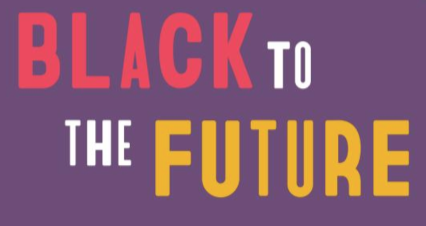
Donate to UHURU Magazine
Your donation will support the student journalists of Kent State University - Uhuru Magazine. Your contribution will allow us to purchase equipment and cover our annual website hosting costs.
More to Discover

